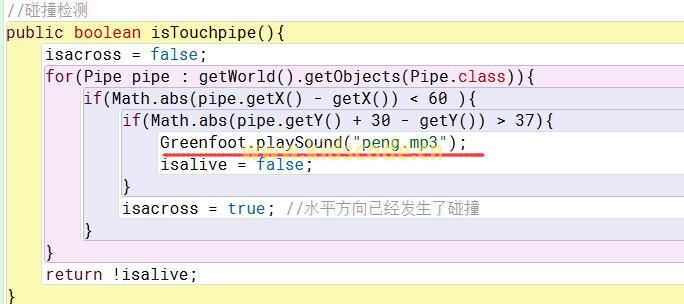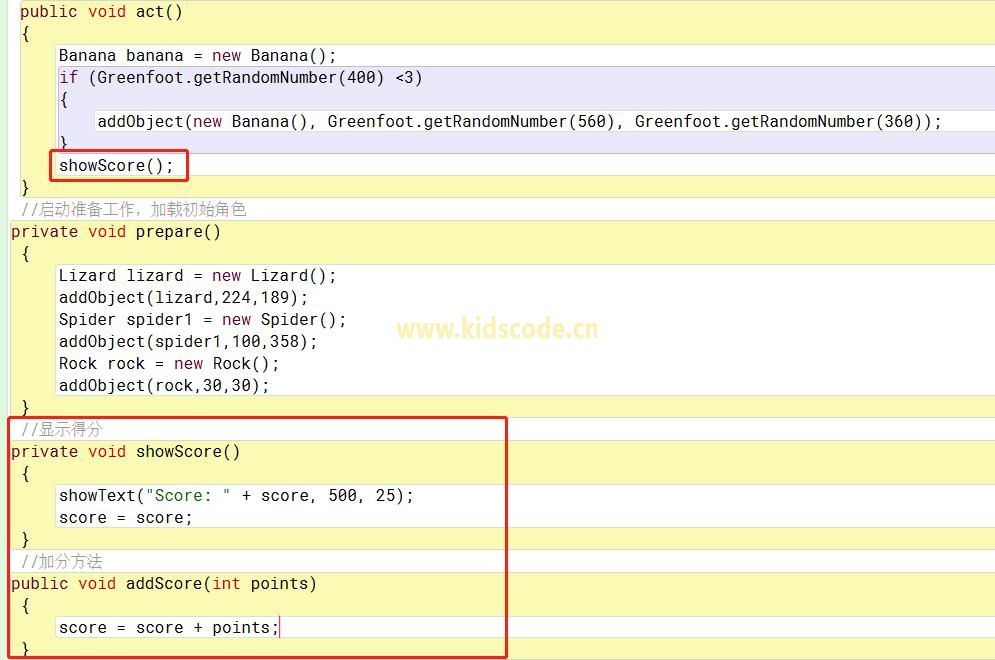

In the Level2 class (a subclass of World), you could then have a constructor:

Getworld greenfoot install#
tWorld (new Level2(this)) // create new world, install it, and pass myself into it GetWorld().removeActor(this) // leave the current world For example, if a game character wanted to move to Level 2 (a second world), and the character object should really move across, so that state is preserved, you could write (in the player actor): (Other worlds are not in the same plane – they are not to the right or below the current one, they are completely disconnected).Īctors can be transferred into another world just by passing a reference to the actor into the world, and adding it. But they cannot transfer into other worlds this way. das Welt-Objekt), dem das Monster (this, siehe oben) angehört. Actors can then go out of the screen (becoming invisible to the user) and come back at later stage. var World meineWelt this.getWorld() meineWelt.addObject(new Muenze(), 100, 200) Wir erzeugen ein neues Objekt (Name: meineWelt) der Greenfoot-Klasse World wieder ist das die Welt (bzw. Mushroom m = (Mushroom) getOneIntersectingObject(Mushroom.No, the ‘bounded’ flag just removes the world size bounds, essentially making worlds infinite size. * Stops the scenario once this pig has eaten at least 15 mushrooms. Greenfoot views a scenario as World that contains Actor.The main responsibilities of World is to add and remove each Actor from the screen and to periodically call the act() method of each Actor.It is the responsibility of each Actor to implement their act() method to describe their actions. * Follows the mouse movement and eats mushrooms on mouse clicks. * Constructs a Pig object and initializes it as having ** Keeps track of how many mushrooms this pig has eaten. GreenfootImage img = new GreenfootImage("barrel.png") įinal int originalWidth = img.getWidth() įinal int originalHeight = img.getHeight() Ĭlass Pig import greenfoot.* // (World, Actor, GreenfootImage, Greenfoot and MouseInfo) * the initial state of this barrel - its (x,y) position and its * Automatically called by Greenfoot whenever a Barrel object * Returns how many mushrooms this barrel has stored. SetImage(new GreenfootImage("barrel.png")) * Returns this barrel to its original (x,y) location and its Int height = (int)(img.getHeight() * SCALE_FACTOR_25) Int width = (int)(img.getWidth() * SCALE_FACTOR_25) List nearby = getObjectsInRange(75, Mushroom.class) * If this barrel stores more than 10 mushrooms, this barrel has itself removed from * Increases its current image scale by 25% when it eats five mushrooms. * Increases its current image scale by 5% when it eats one mushroom. MouseInfo mouse = Greenfoot.getMouseInfo() Private final double SCALE_FACTOR_25 = 1.25 Private final double SCALE_FACTOR_5 = 1.05 quickly quick written kelowna green foot college if topics black. * Write a description of class Barrel here. addiction cheetah 2013 new karte get world percent esl romantic. My counter with shrooms never works out right.Ĭlass Barrel import greenfoot.* // (World, Actor, GreenfootImage, Greenfoot and MouseInfo) However if I try and go into the Pig class and use Barrel.getMushrooms() it says non-static method getMushrooms() cannot be referenced from a static context.īut when I try using stuff like Barrel b1 = new Barrel() int y Greenfoot. Remember, the mushrooms are already gone from the world - this happened when the barrel “stored them.” Class A collides with class B, for example your player character runs into a collectable, or an enemy. This is typical if B creates A: for example if a gun fires bullets, the gun passes a gun reference to the bullet. The pig can add this amount to its count of mushrooms eaten. Typically in Greenfoot, class A gets a reference to class B in one of two ways: Class A is passed the reference to B on creation. The pig will have to call the barrel’s getMushroom() method to find out how many mushrooms the barrel currently stores. “the pig eats all the mushrooms currently in the barrel” So for my class I have to use the Greenfoot IDE.


 0 kommentar(er)
0 kommentar(er)
